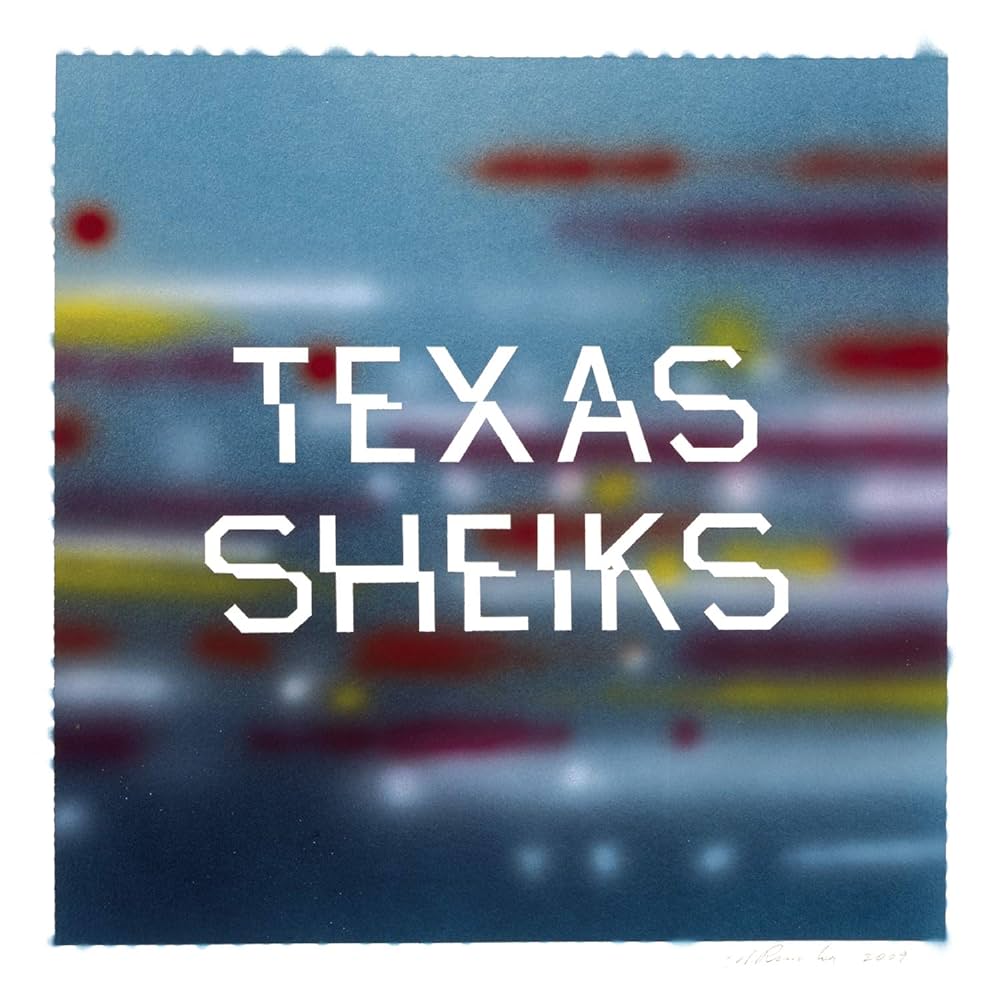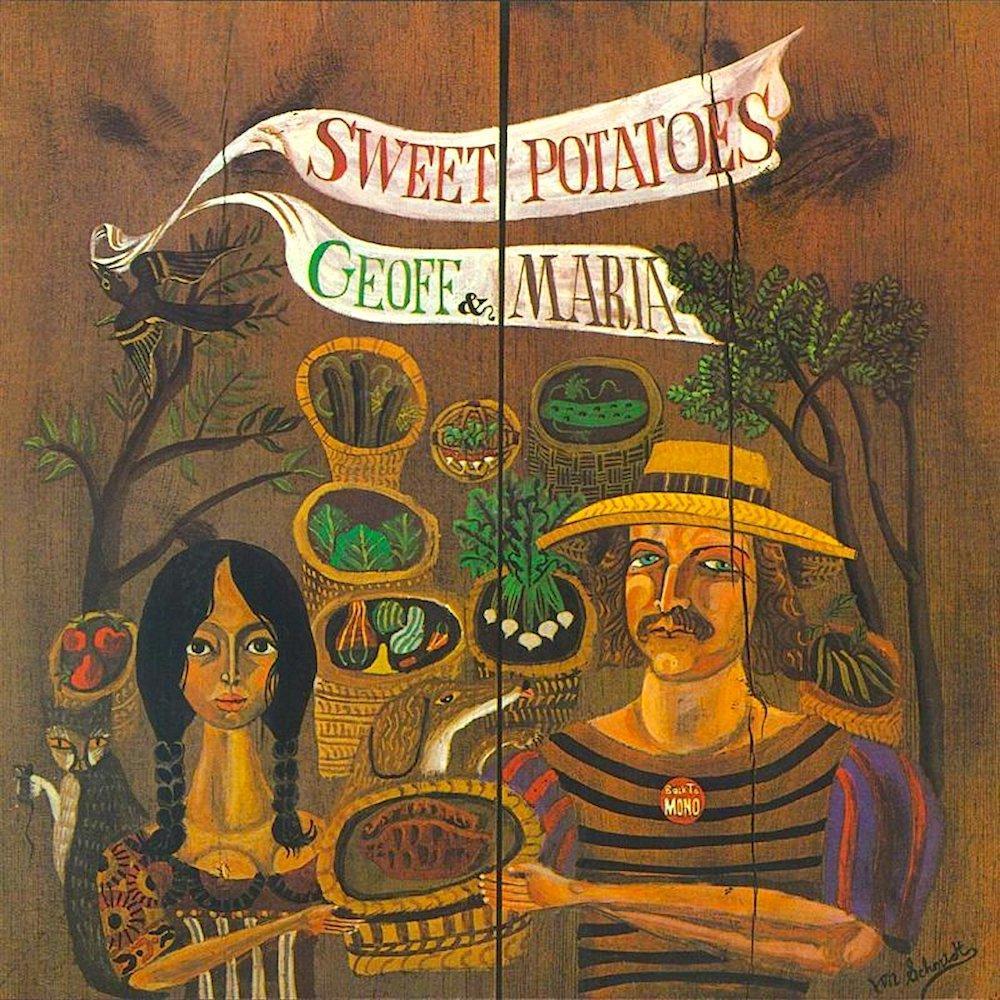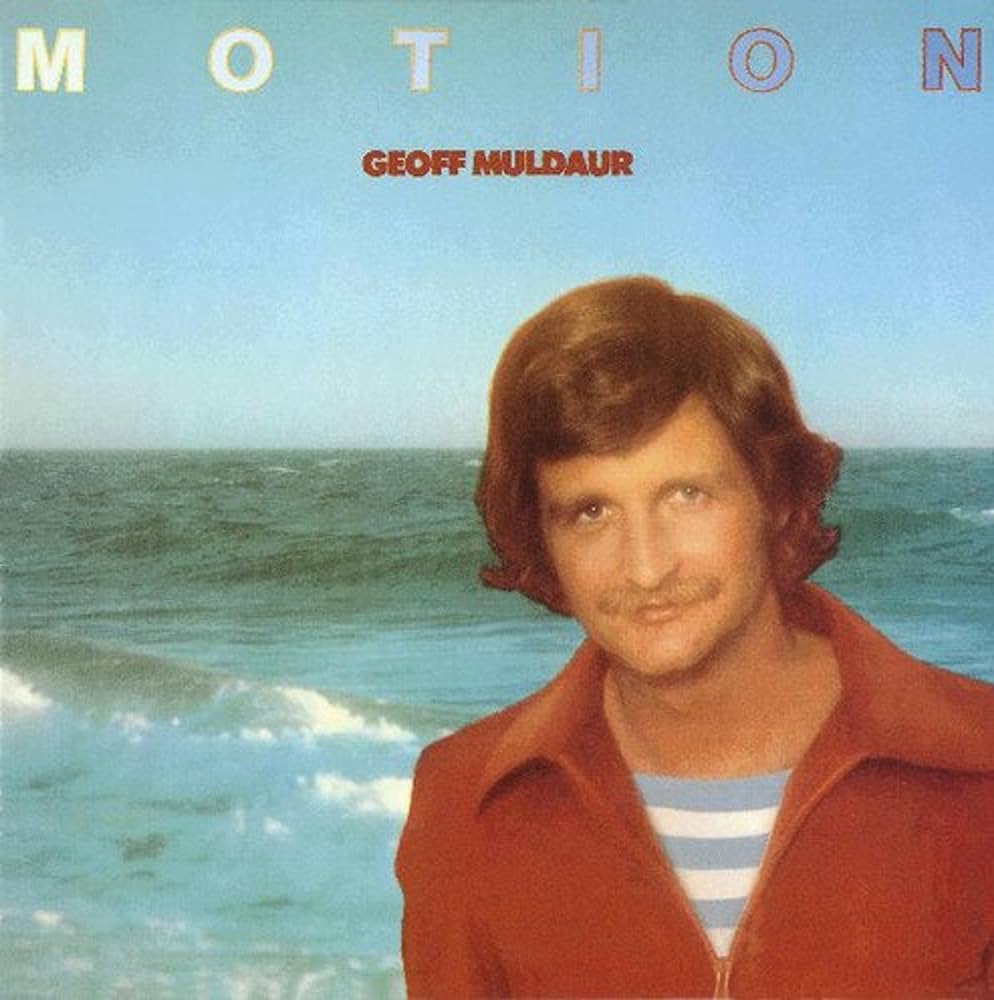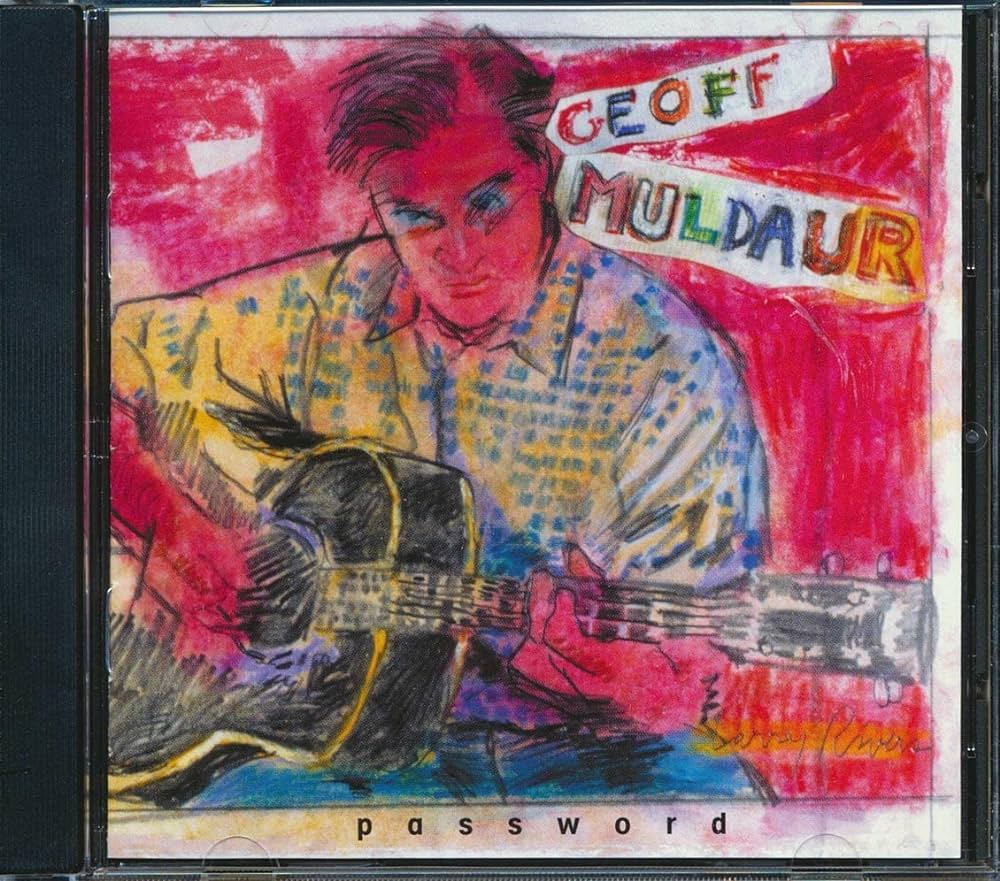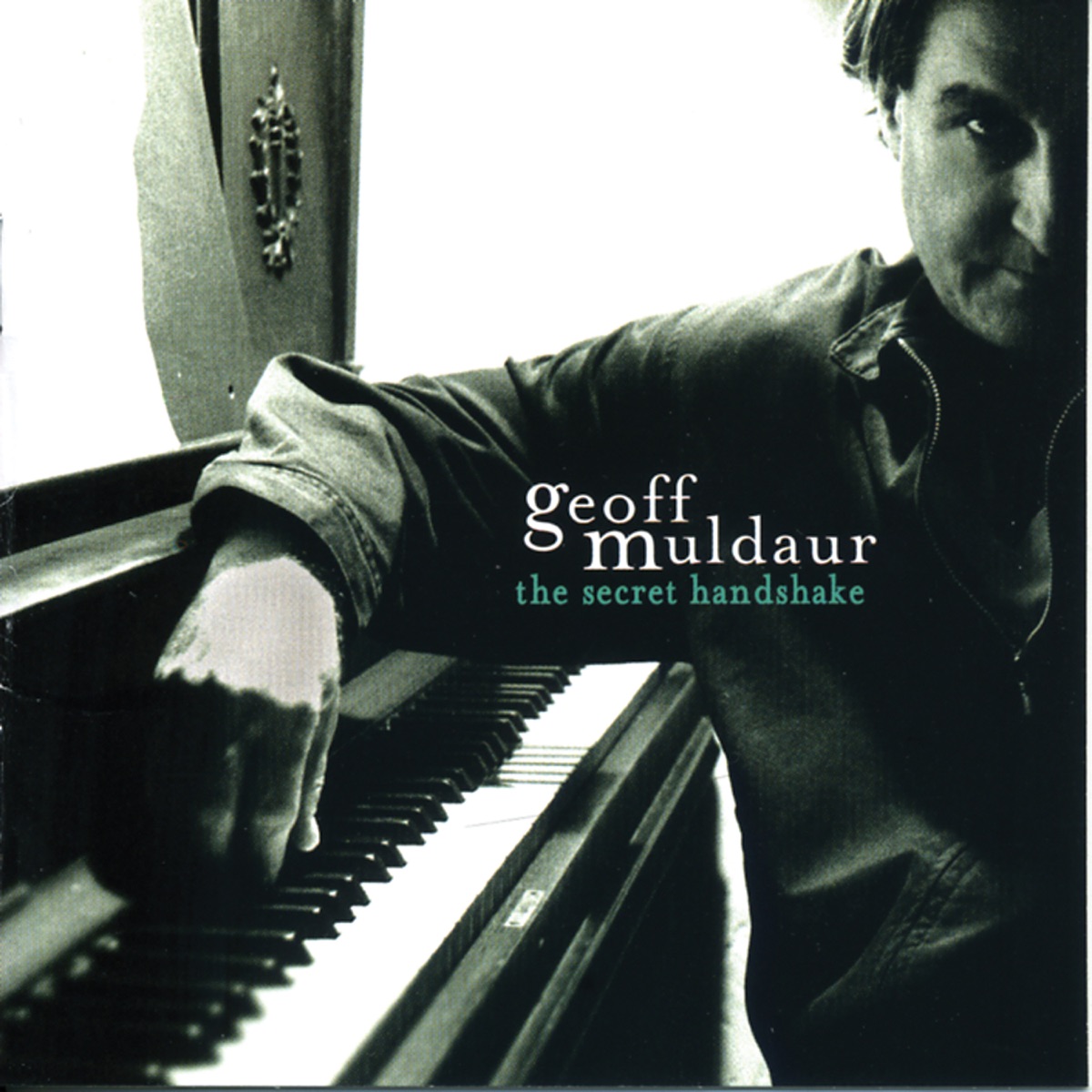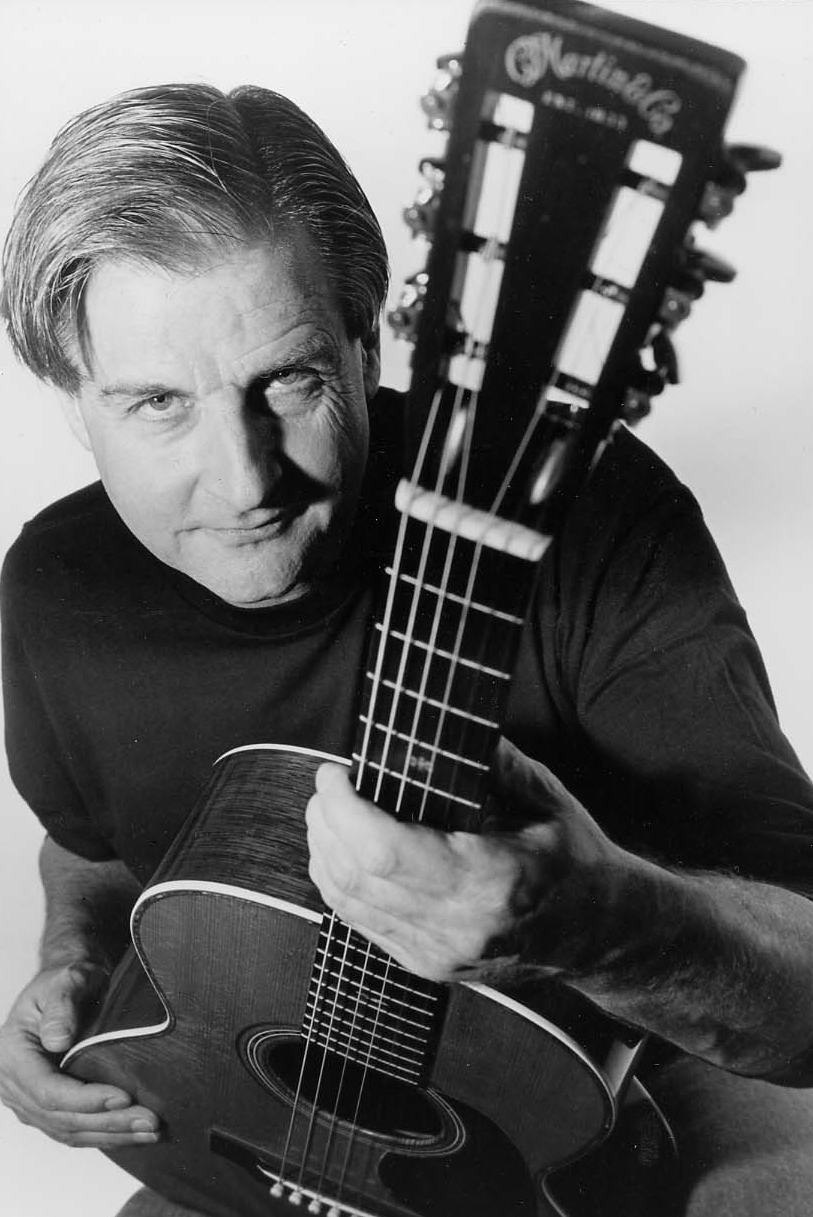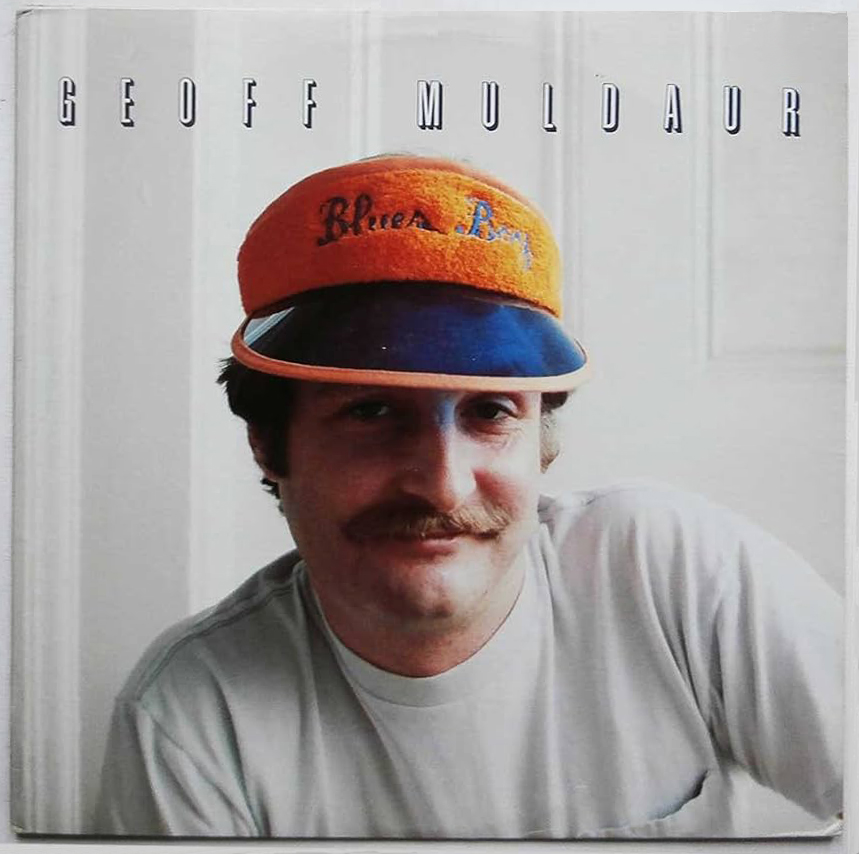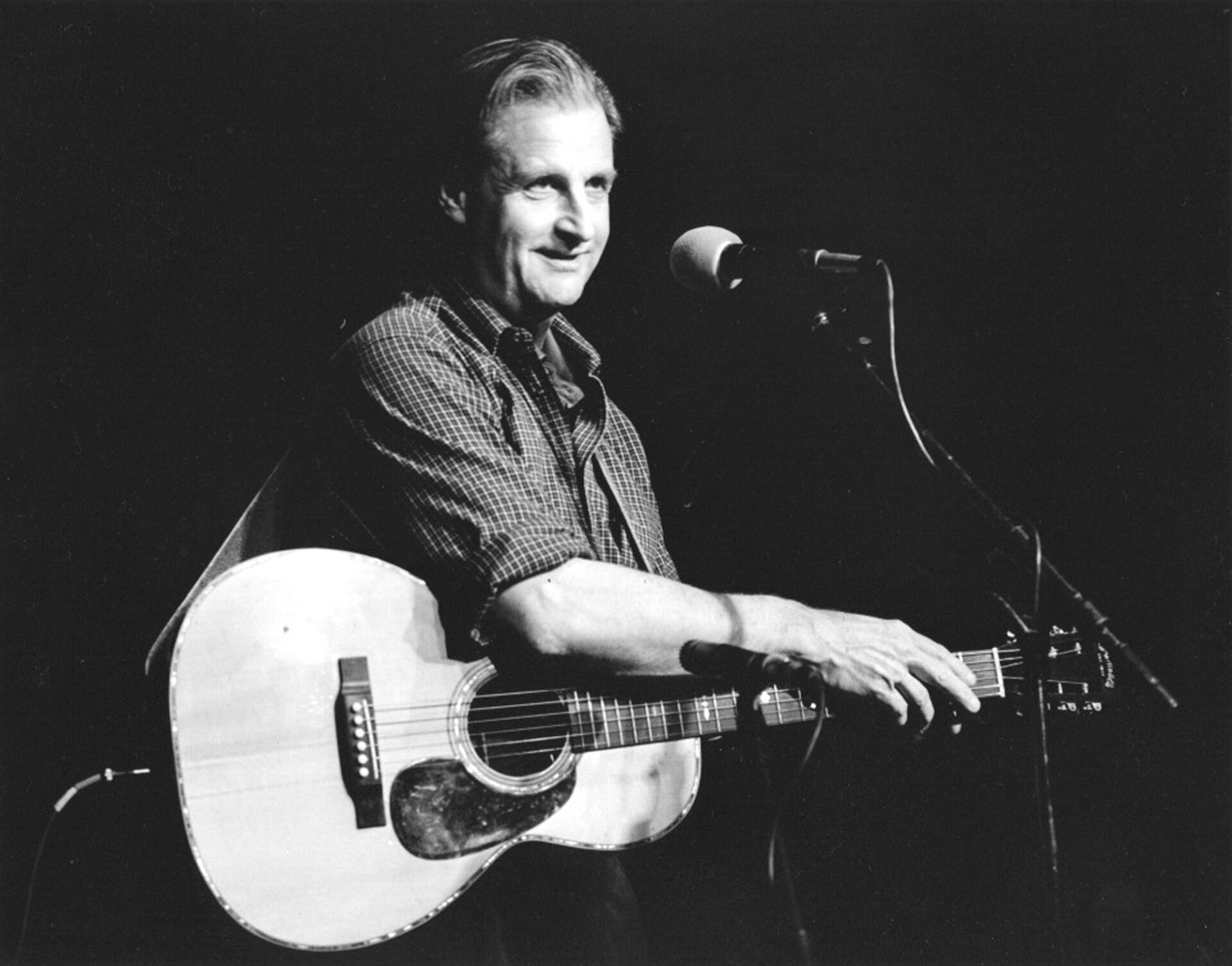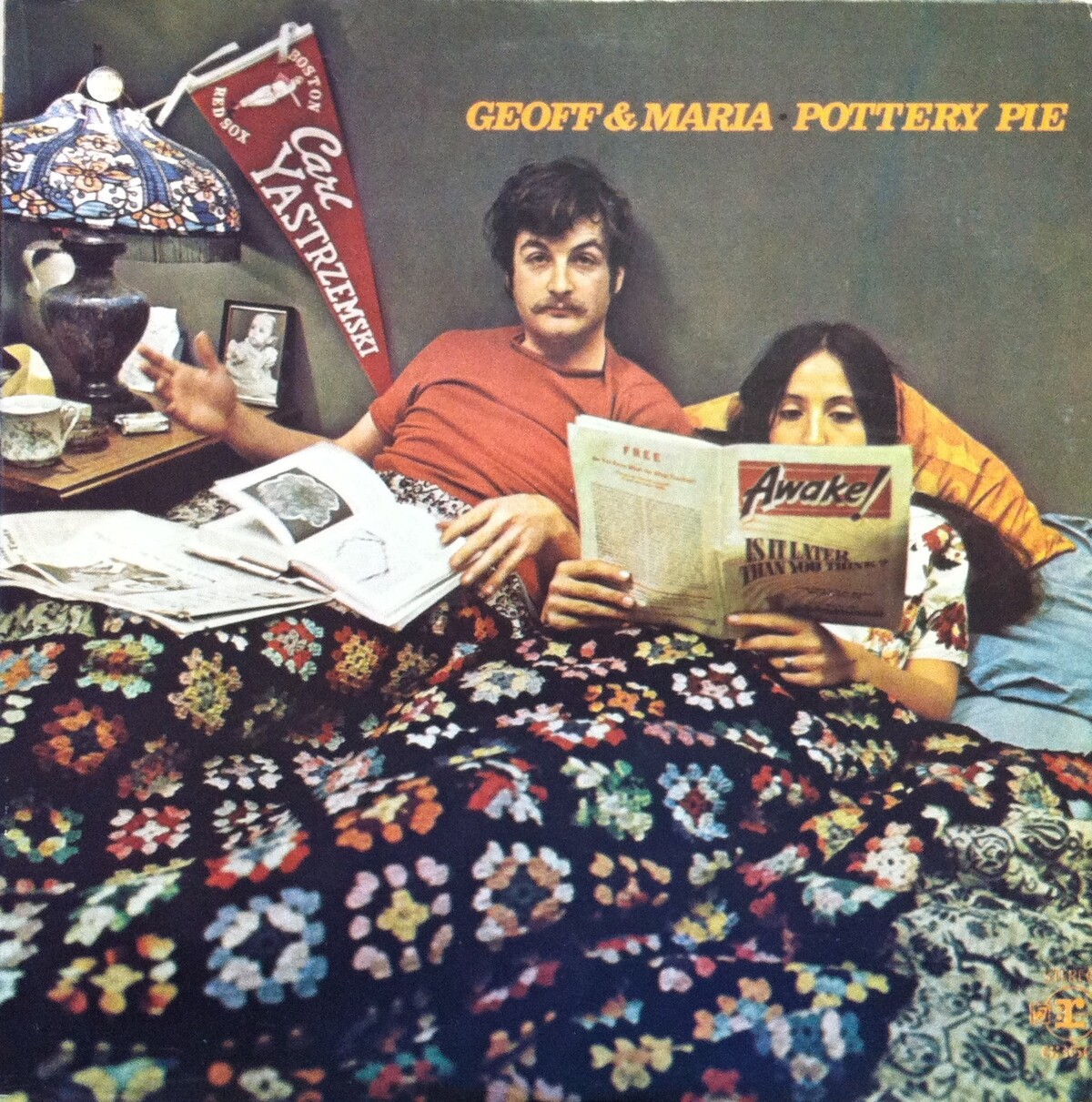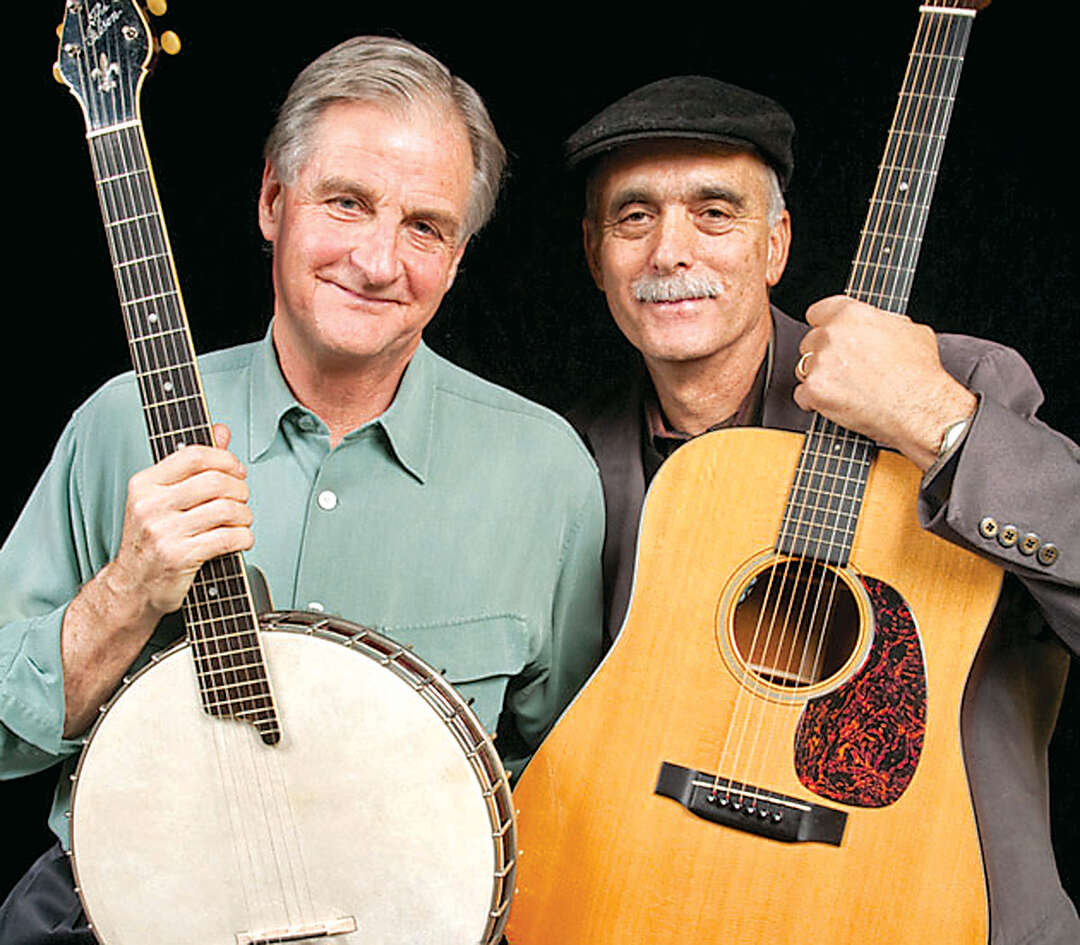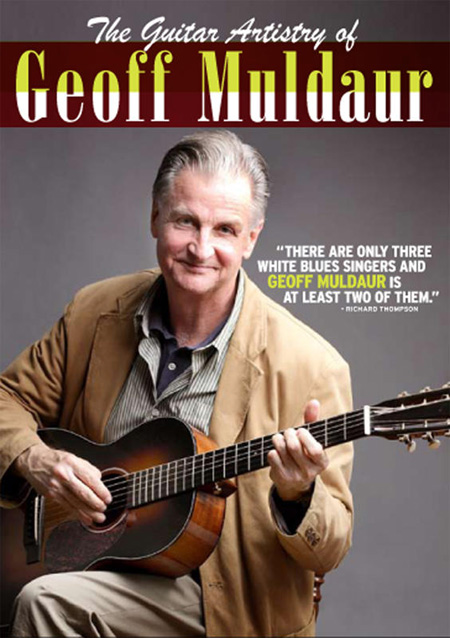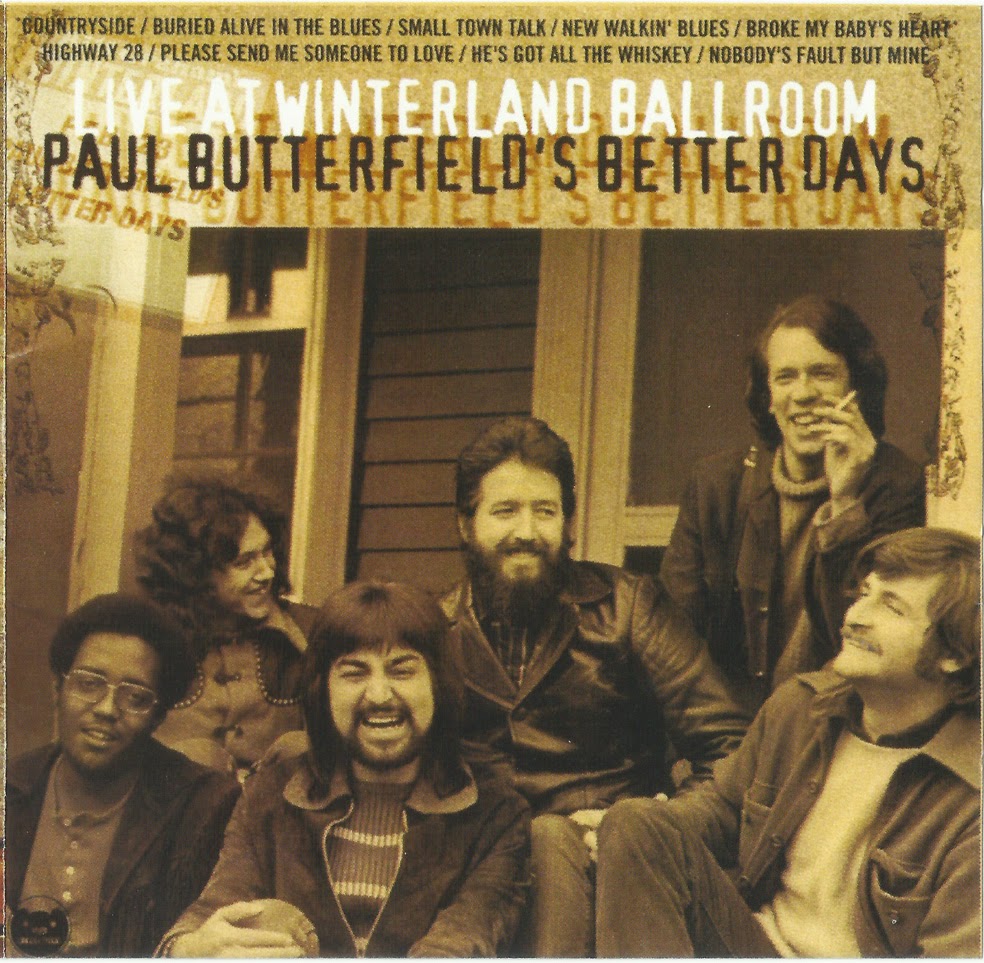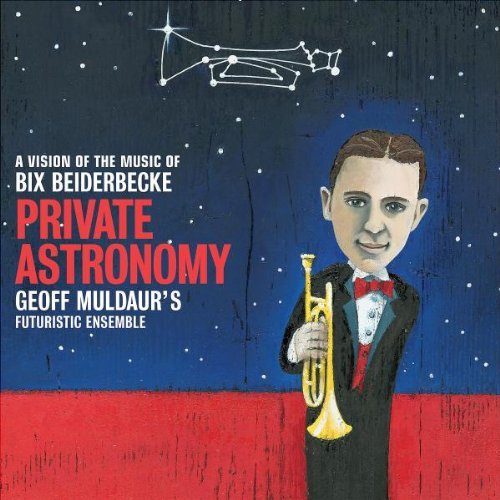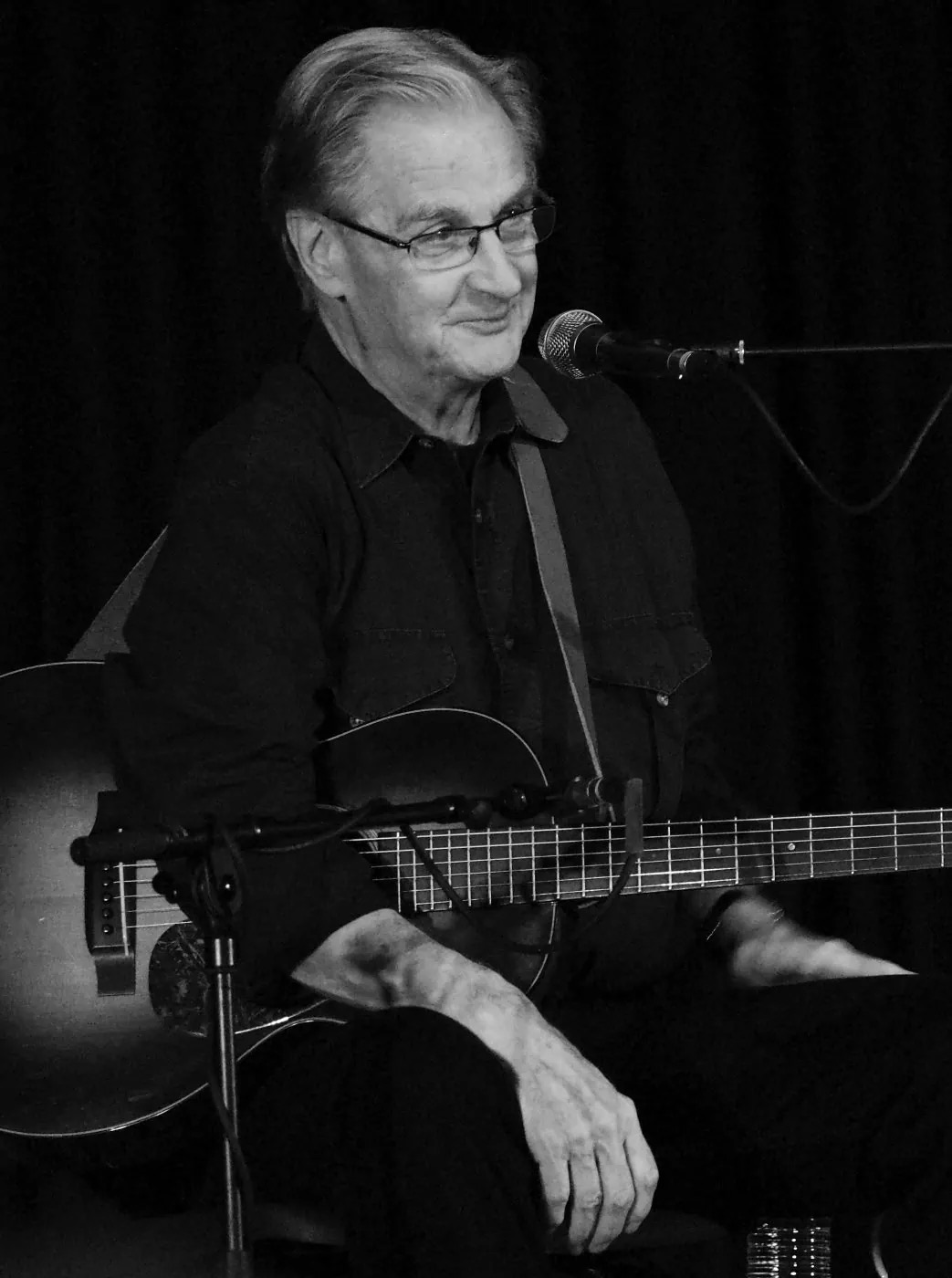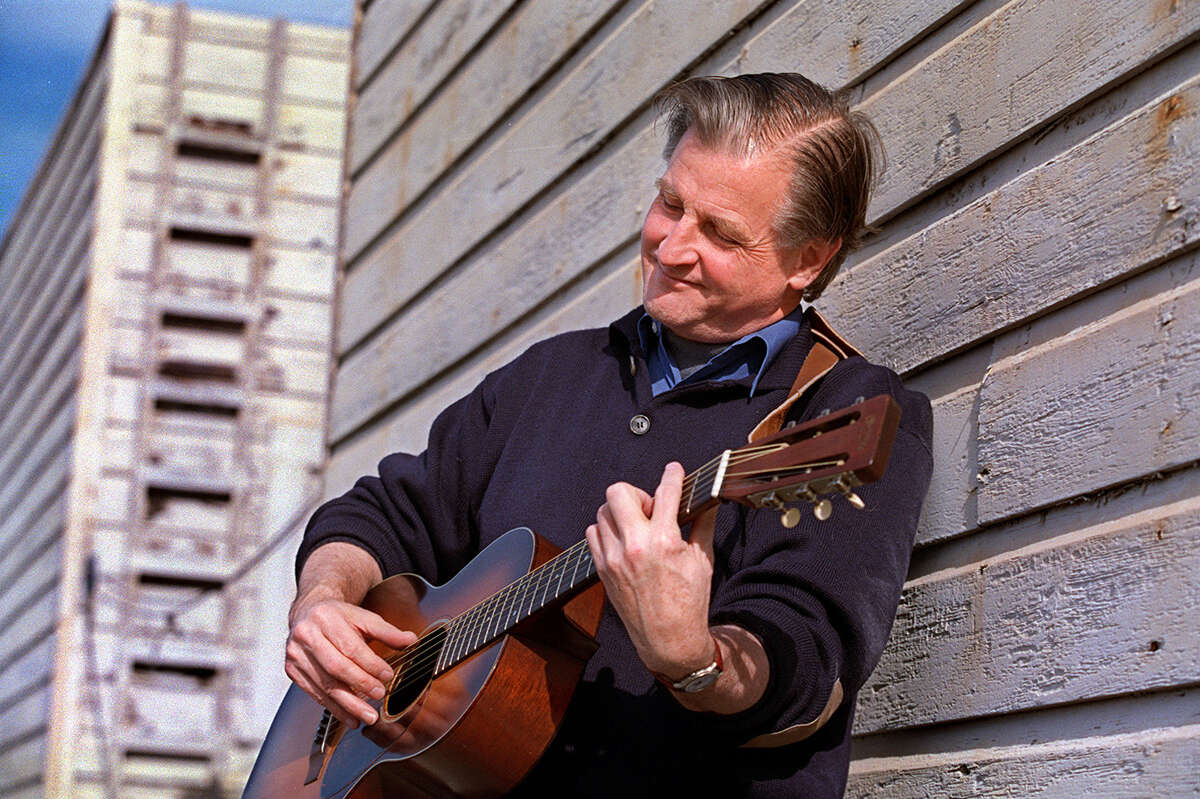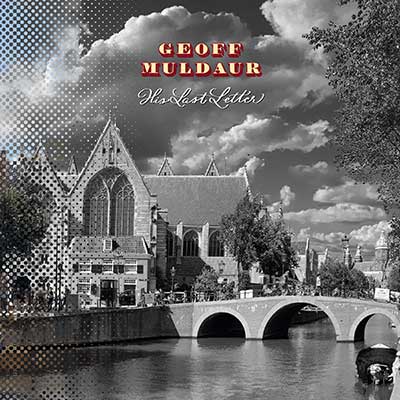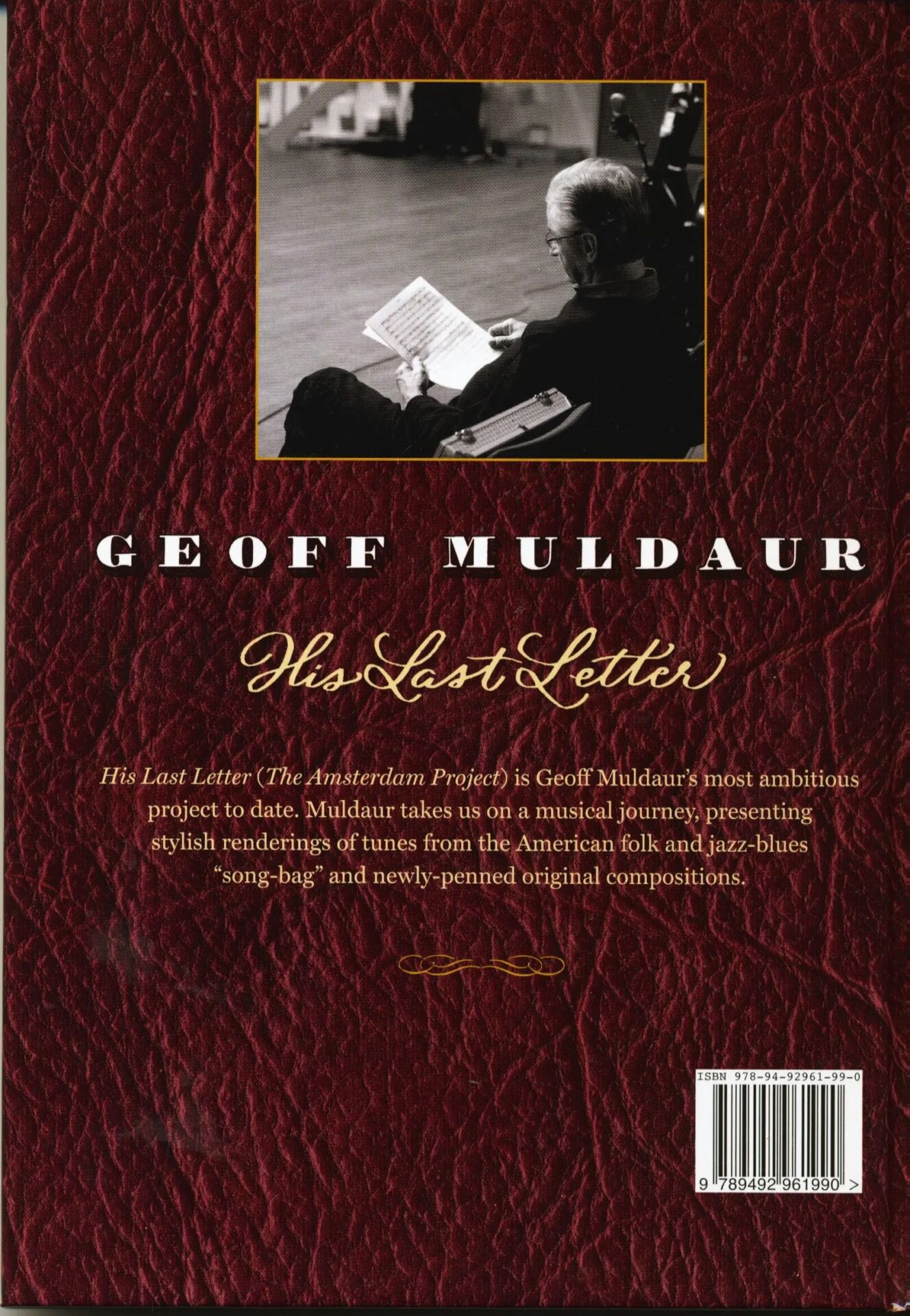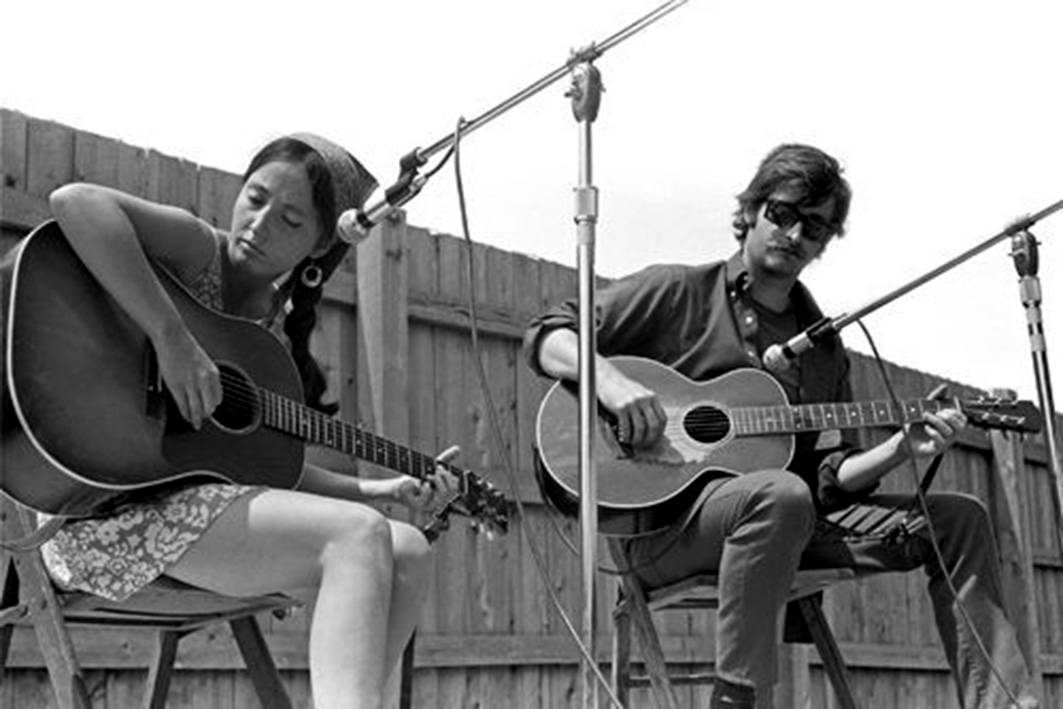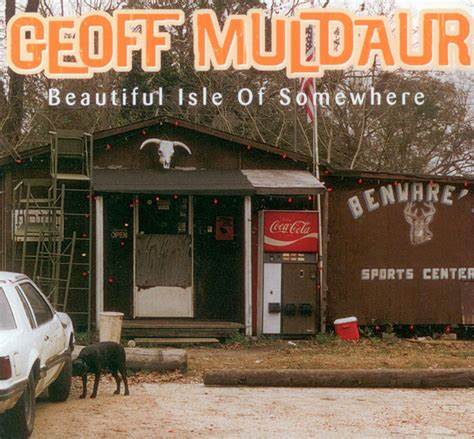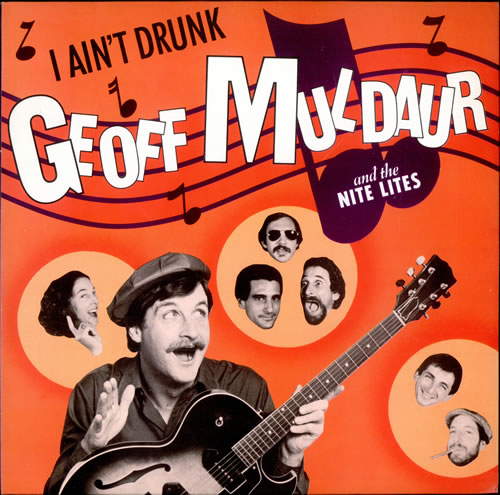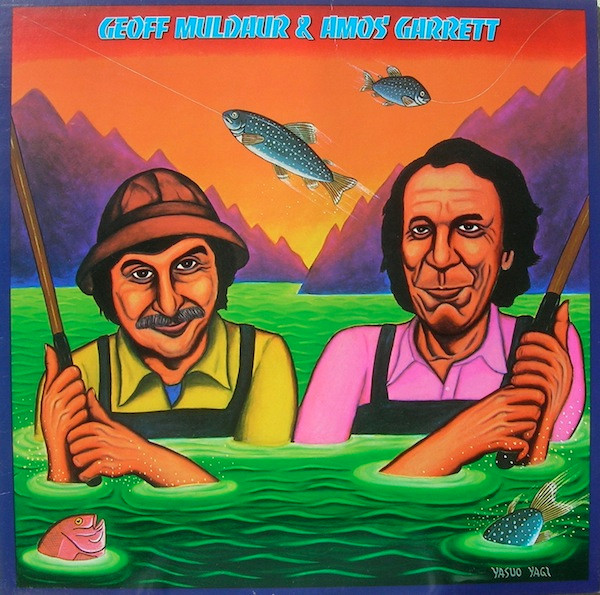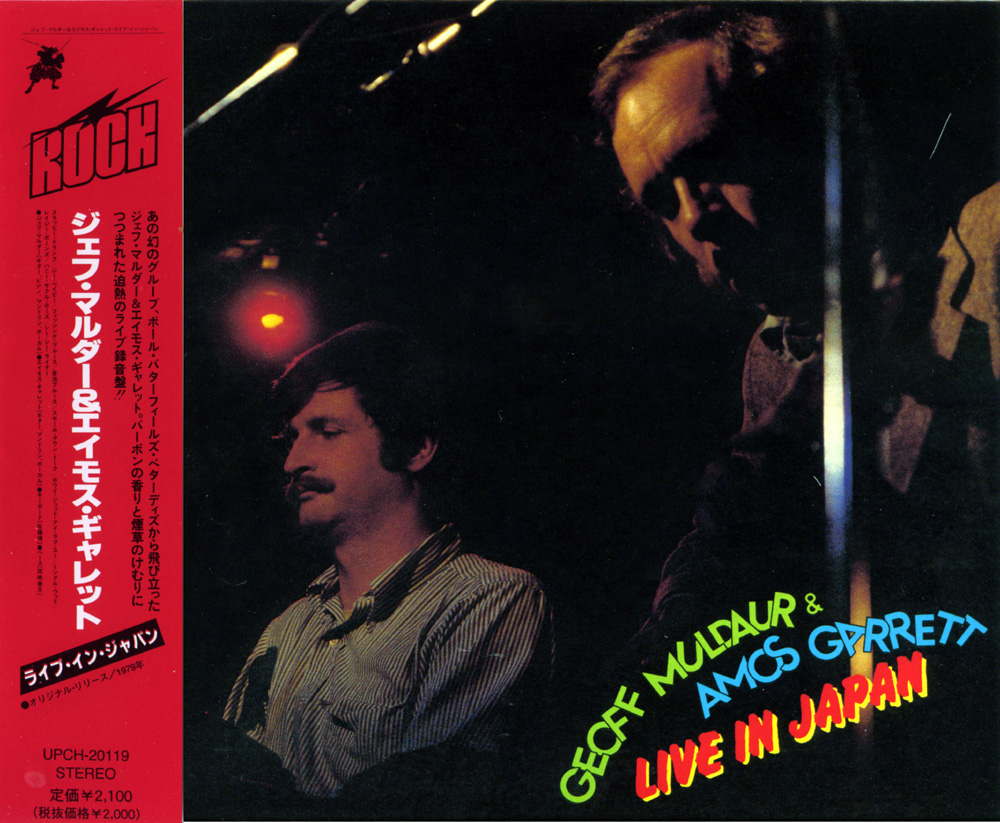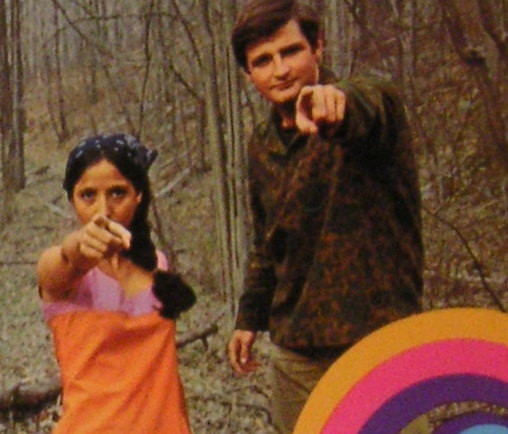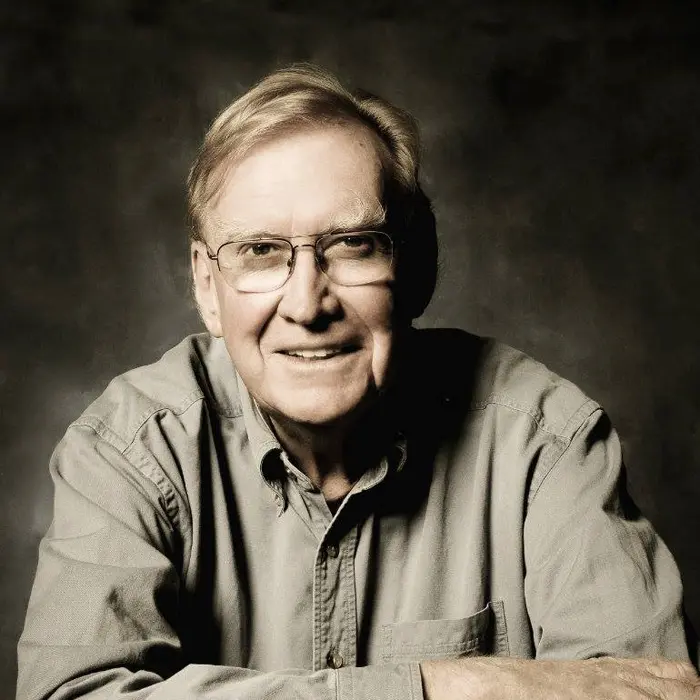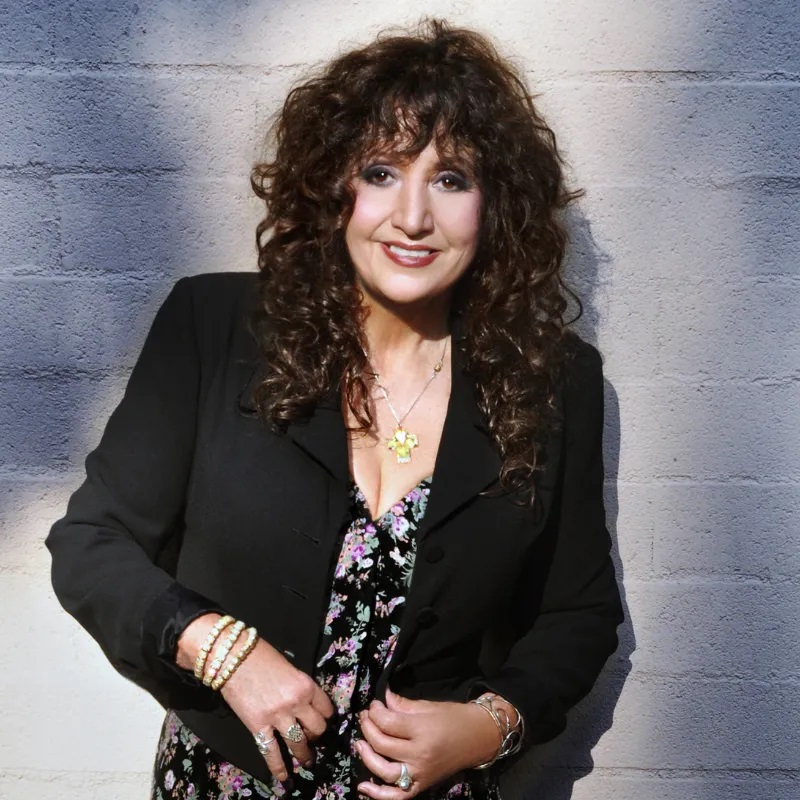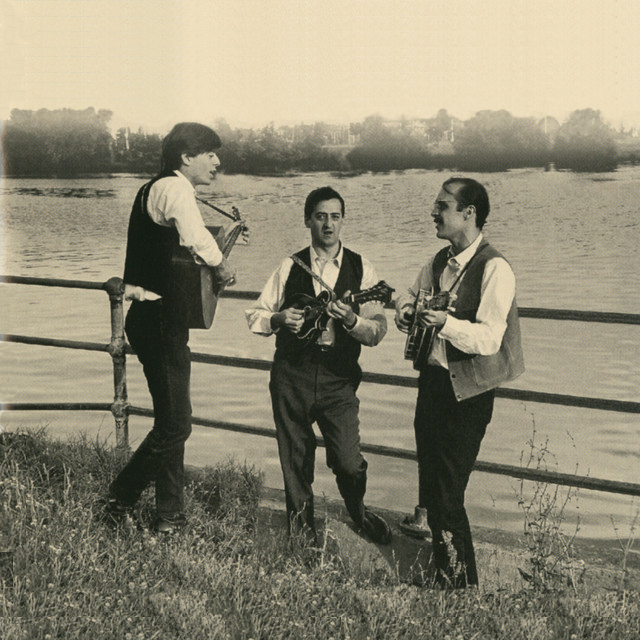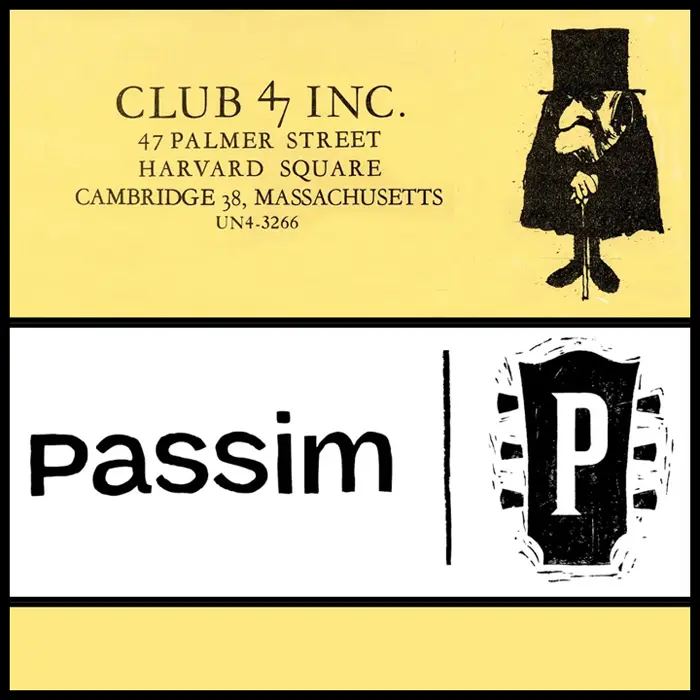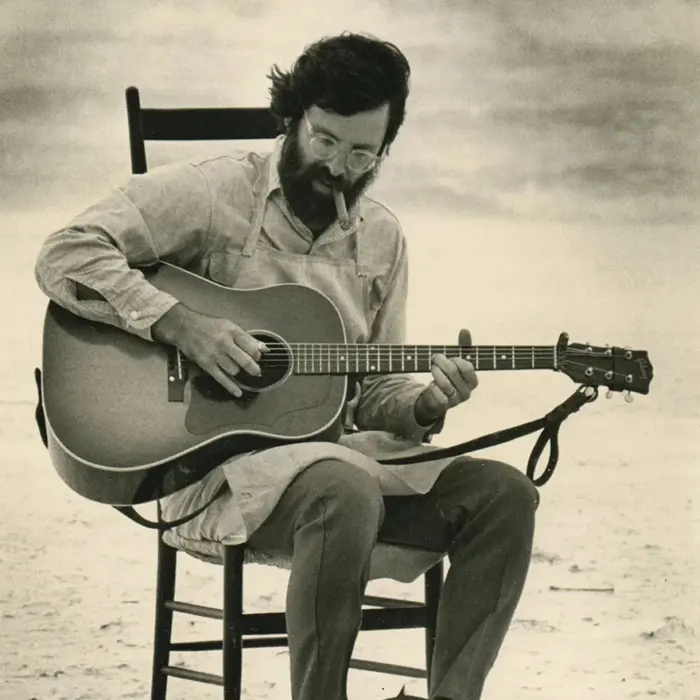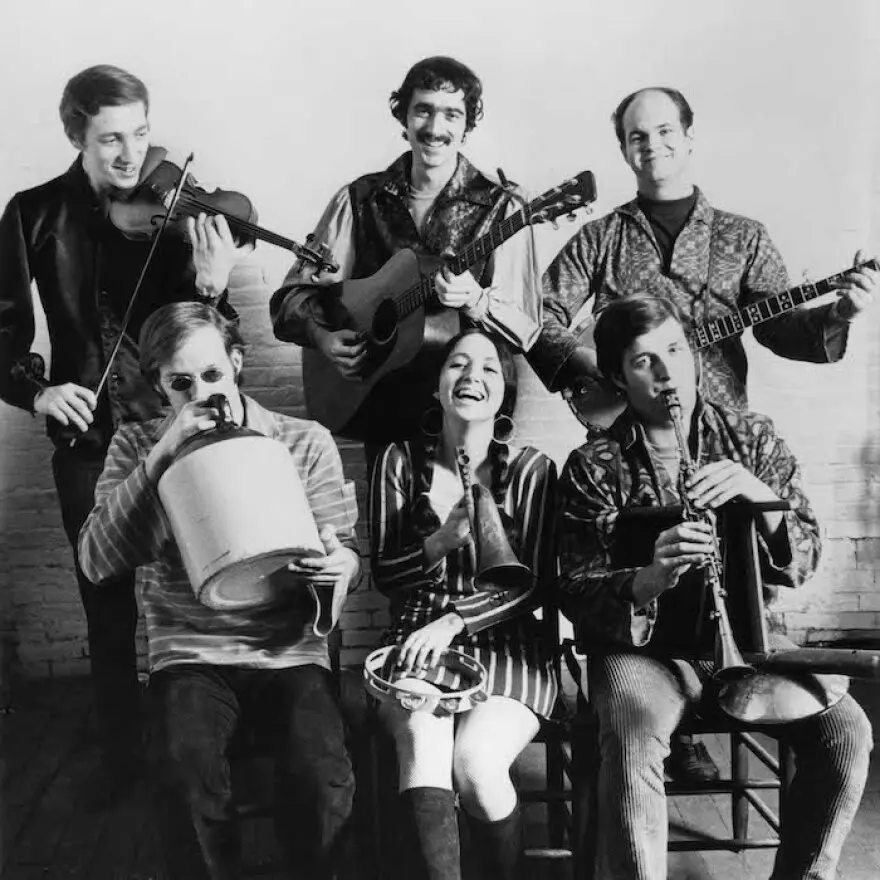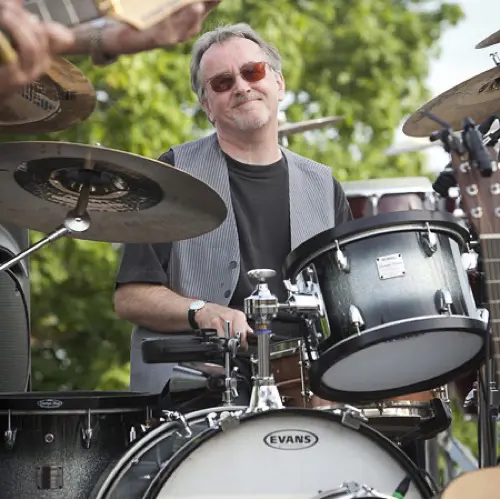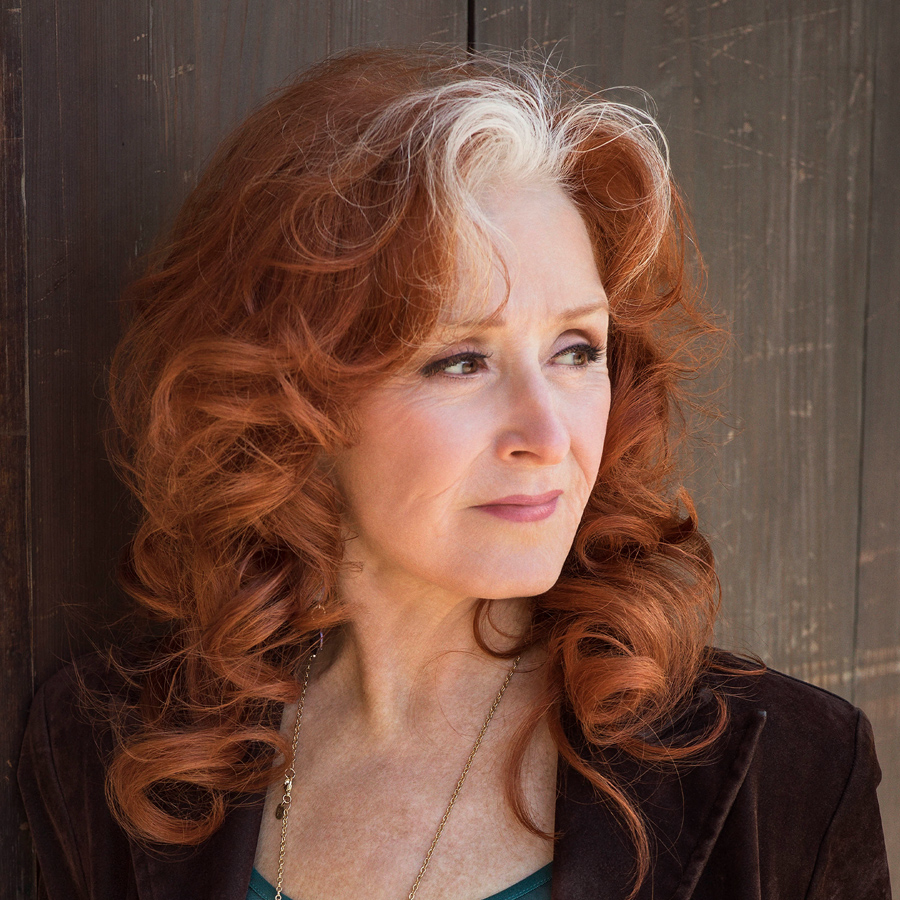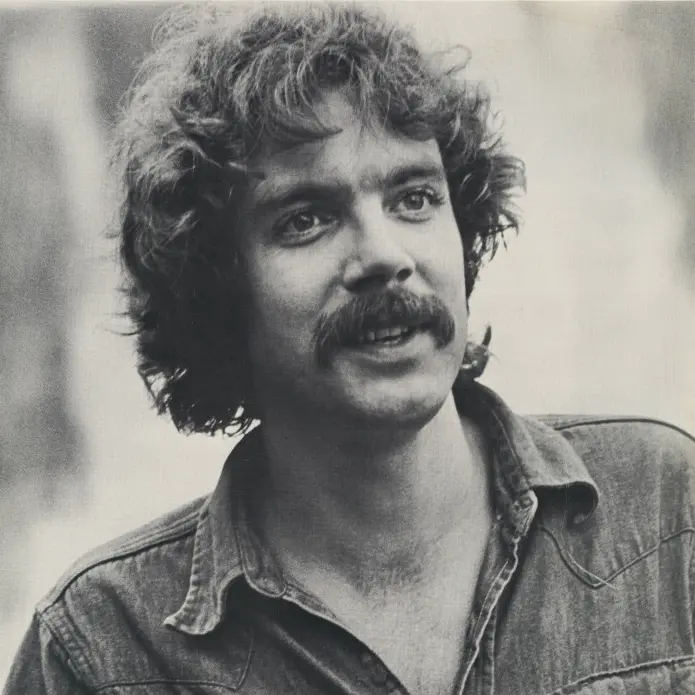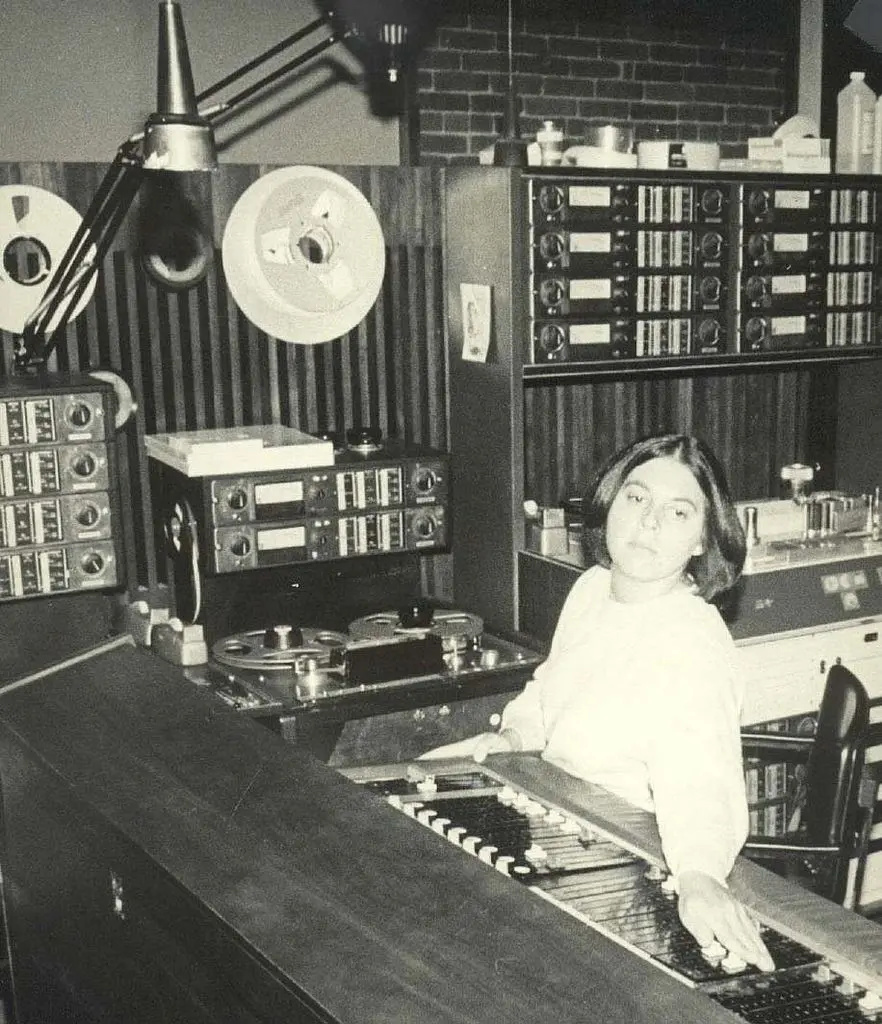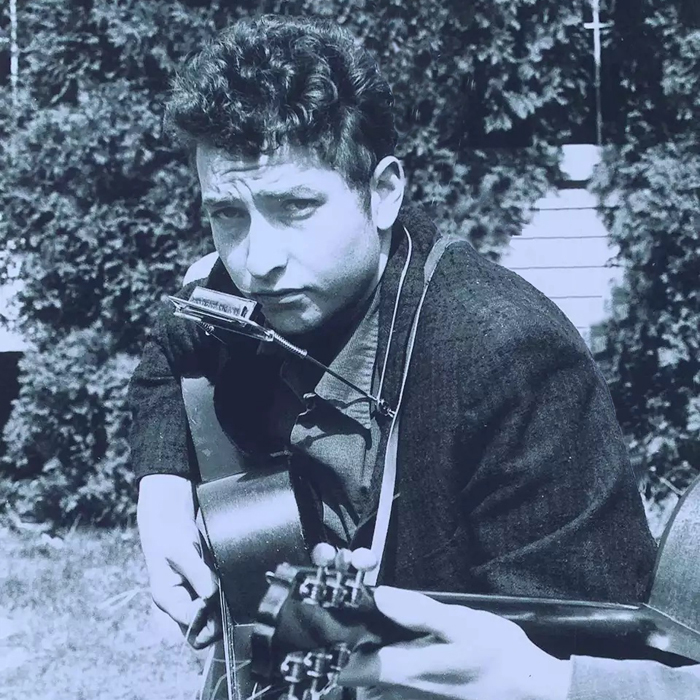Geoff Muldaur
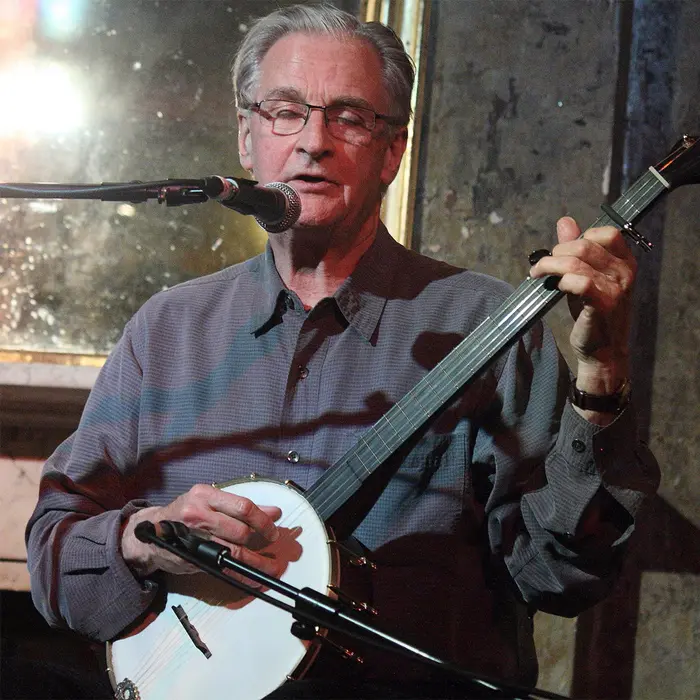
Shiny gold statues handed out at star-studded, black-tie galas are all fine and good, of course, as are platinum-selling albums. But most serious musicians will tell you that being complimented by other musicians is the most valuable reward of all. And though he’s never won a Grammy or sent a song to the top of the charts, Geoff Muldaur’s been as richly rewarded as any artist has ever been considering how many of his fellow singer-songwriters have commented on his talents, among them Bob Dylan, Tom Rush, John Sebastian, Bonnie Raitt, Dave Van Ronk, Lucinda Williams and Richard Thompson.
Overview
While his singing and guitar styles show his lifelong passion for old-time jazz and blues, Muldaur has never tied himself to any particular genre, as his background makes perfectly obvious. After being part of Jim Kweskin & The Jug Band from 1963 until 1968 – during which time he recorded his debut solo album and contributed to two of Eric von Schmidt’s LPs – he and Maria Muldaur cut two acoustic-blues albums together before he joined bluesman Paul Butterfield’s band Better Days in the early ‘70s.
Since leaving that group in the mid-‘70s, he’s recorded nine more solo albums, two as a duo with blues rocker Amos Garrett and one with the band he formed in 2009, The Texas Sheiks, while producing and playing on a number of other artists’ LPs. He’s also an Emmy-winning composer of television scores and has contributed material to films including Terry Gilliam’s Brazil (1985), for which a rendition of “Aquarela do Brasil” that he and Maria Muldaur recorded in 1968 was the theme.
Musical beginnings
Muldaur was born on August 12, 1943, and raised in Pelham, New York (about 10 miles outside Manhattan). He developed a voracious appetite for ‘20s/’30s-era jazz starting around age five by listening to his teenage brother’s collection of 78s, which eventually led to his discovery of country blues. “I used to spend all my time in my brother’s room after school listening to Bessie Smith, Louis Armstrong, Bix Beiderbecke and all these great jazz players,” he told NPR’s Terry Gross in a July 2022 interview. “And in amongst that stuff were little smatterings of country blues. You know, they’d put them on an anthology or something. All of a sudden, there’d be a Lead Belly piece or a Blind Lemon Jefferson piece or Blind Willie Johnson piece and I’d go, ‘What’s that stuff?’ It was very mysterious to me, the country-blues thing.”
By age 13, he was immersing himself in early rockers like Fats Domino and Little Richard and blues greats like Jimmy Reed. At age 16, he began playing guitar and formed his first band, The Goombay Rhythm Kings. “For me, music was an escape,” he told NPR’s Gross. “I don’t know if I identified with the world of the musicians that I was listening to but I did identify with the mysterious spirituality that was in there, some feeling. And I’m very grateful I was hit with a little of it.”
Move to Boston, Early appearances
In the fall of 1961, Muldaur moved to Boston to attend Boston University and quickly became a fixture on the area’s burgeoning folk scene. By mid-1962, he was appearing weekly at Club Mount Auburn 47 in Cambridge, performing a combo of country-blues standards and originals, and by 1963 he was playing in a variety of venues including Worcester’s ever-popular Silver Vanity, some 40 miles west of Boston. In May 1963, he appeared at the Boston Folk Showcase along with The Charles River Valley Boys, Jim Kweskin, Dave Van Ronk, Eric von Schimdt and Mark Spoelstra.
Looking back on those days, he says part of the thrill was swimming in such uncharted musical waters. “When I first picked up the guitar to play country blues, I don’t think there were more than 100 white people doing it in the country,” he told Ken Templeton of Red Line Roots in 2016. “Now, there’s tens of thousands. But at that time, you’re under radar because you’re not trying to sound like The Kingston Trio. It was for people who wanted to be different, or who were different and needed a way to express it.”
Jim Kweskin & The Jug Band
In early 1963, Muldaur became an original member of The Jug Band, fronted by Jim Kweskin, who Vanguard Records co-founder Maynard Solomon had offered a record deal before he even assembled the group (based on hearing some of Kweskin’s informal jam sessions with other musicians at area coffeehouses). Other original members were vocalist-harmonicist-banjoist Bruno Wolf and two members of The Charles River Valley Boys, steel guitarist-mandolinist-banjoist Bob Siggins and washtub bassist-jug player Fritz Richmond.
The immediate recorded result was Unblushing Brassiness, a 14-track collection released in March 1963 that critic Ronnie D. Lankford Jr. called “a quantum leap for folk music,” noting its unprecedented mix of The Kingston Trio’s pretty, pop-folk approach and Dave Van Ronk’s gritty, tradition-centric one. Between The Jug Band’s debut disc and their sophomore studio outing, Muldaur cut his first solo album, Sleepy Man Blues, and married The Jug Band’s new vocalist and fiddler, Maria D’Amato. The pair appeared together on Jim Kweskin & The Jug Band’s Jug Band Music (1965), See Reverse Side for Title (1966) and the group’s final LP, Garden of Joy (1967).
Asked in 2022 if the word “eclectic” was a fair way to describe The Jug Band, Muldaur said it was perfect. “That was The Jug Band all the way,” he told Martin Johnson of Americana UK. “Those are just a bunch of really crazy and talented people who were in that band. Probably the most incredible was the jug and washtub player, Fritz Richmond, since he took those instruments seriously, not as a joke. And he took them to a level nobody else did. We were seriously trying to plumb the depths.”
Pottery Pie, Woodstock, Sweet Potatoes, Paul Butterfield
After The Jug Band split, the Muldaurs recorded their first LP as a duo, Pottery Pie, at Petrucci & Atwell Studios in Boston (which became Intermedia Sound Studios in 1971). In 1969, they relocated from Boston to Woodstock, New York, joining the thriving musical community there that included Bob Dylan, The Band, Paul Butterfield, Jim Rooney and other notable names, and in 1972, the year the couple divorced, Reprise issued their second album as a duo, Sweet Potatoes. Both of the Mulduars contributed to Eric von Schmidt’s 2nd Right 3rd Row LP in 1972 and Geoff appeared on von Schmidt’s 1978 album Eric Schmidt and the Cruel Family.
Shortly before the couple split in ‘72, Geoff joined Paul Butterfield’s six-piece blues band Better Days; he played on and co-produced (with Butterfield) the two LPs they recorded, both of which made the Billboard 200: Better Days (1973, #145) and It All Comes Back (1975, #156). Between Better Days’ disbanding in 1975 and 1980, Muldaur recorded four more albums – Geoff Muldaur Is Having a Wonderful Time (Reprise, 1975), Motion (Reprise, 1976), Blues Boy (Flying Fish, 1979) and I Ain’t Drunk (Hannibal, 1980) – and two LPs with American-Canadian blues rocker Amos Garrett, Live in Japan (Yupiteru, 1979) and Geoff Muldaur & Amos Garrett (Flying Fish, 1978). In the late ‘70s, he collaborated with Bonnie Raitt, Jerry Garcia and John Cale, among others.
Hiatus, The Secret Handshake, Beautiful Isle of Somewhere
From 1981 to 1998, Muldaur stayed of the music business almost entirely (except for producing an album for saxophonist Lenny Pickett and another for violinist Richard Greene), working instead in the software industry. He returned to the public eye in 1998 with The Secret Handshake, a 10-track album issued by HiTone Records to unanimously positive reviews. “The self-assuredness that permeates Secret Handshake was well worth the wait,” wrote critic Cub Koda. “Muldaur has created something unique and original with this disc; your standard-fare white country-blues album this is not.” In 1999, HighTone released his next LP, Password, and in 2000 the Tradition & Moderne label issued the 16-song live album Beautiful Isle of Somewhere, recorded at Moments Musikclub in Bremen, Germany, in May 1999.
Private Astronomy, The Texas Sheiks, His Last Letter
In 2003, Edge Music released an album unlike anything Muldaur had ever recorded, Private Astronomy: A Vision of the Music of Bix Beiderbecke by Muldaur and his Futuristic Ensemble, which features their renditions of material written by American jazz cornetist, pianist and composer Bix Beiderbecke. In 2009, Muldaur formed Geoff Muldaur and The Texas Sheiks, a rollicking roots sextet that recorded one LP, released that year by Tradition & Moderne.
For his latest studio effort, His Last Letter – The Amsterdam Project (Moon River Music, 2022), Muldaur teamed with some of the Netherlands’ most esteemed classical and jazz musicians and recorded in Amsterdam (as he’d done for Private Astronomy). He was inspired to composed the 18 songs on the double CD by a letter his great grandfather wrote to his wife days before he drowned when his ship sunk in Yokohama, Japan, in 1870.
Asked how he’d describe the music on His Last Letter, Muldaur said that’s tough to do because he loves mixing genres. “I’m Ry Cooder without a name,” he told Americana UK’s Johnson in 2022. “If he puts an album out, they put it in the Ry Cooder bin. But with me, I like to dance on the tops of various genres. I enjoy myself and put some of my own ideas and feelings into my influences. I just want to find my own voice in the material that I love. If I can’t mess with it, I won’t do it.”
Career reflections
Asked in 2022 how it feels to have worked with many widely acclaimed artists and been an inspiration to countless younger ones without having gained sweeping public recognition of his own, Muldaur said he’s just happy to have survived the past 60-plus years as a professional musician. “I haven’t so much had a ‘career’ but I have a ‘body of work’ and I’ve played with some magnificent musicians and bands, starting with The Jug Band and Paul Butterfield,” he told Americana UK’s Johnson. “I’ve been very lucky with all of that.”
“When I was young, I was throwing it all away as fast as I could get it because I was a reckless, crazy youth,” he added. “And I was fortunate to pull out of all that. James Dean gets his sleeve caught on the door of his vehicle going off the cliff but somehow I rolled out of the car. So here I am, and I’m just so grateful to be able to produce this music.”
(by D.S. Monahan)

